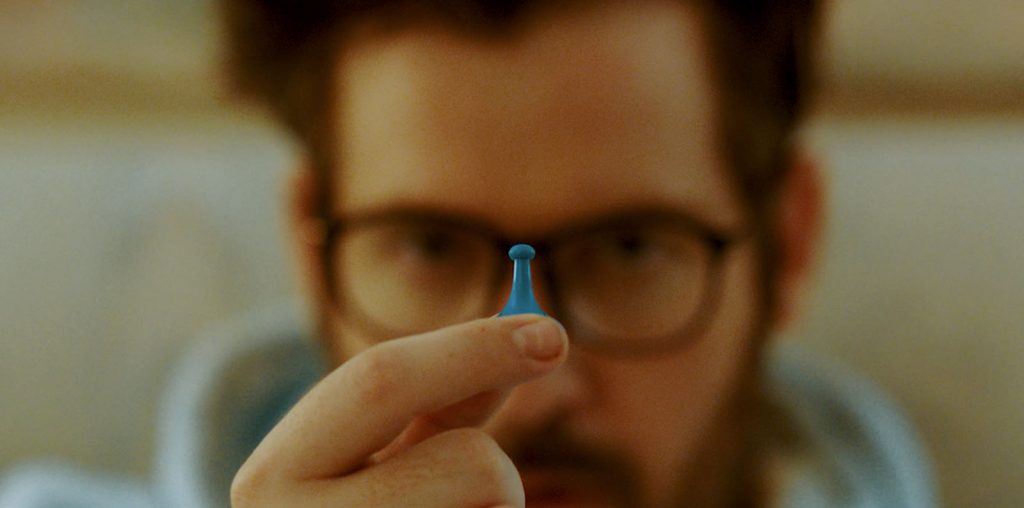
* * *.5
Director: Jean-Jacques Annaud
Writers: Jean-Jacques Annaud & Alain Godard
Producers: Jean-Jacques Annaud & John D. Schofield
Starring: Jude Law, Joseph Fiennes, Rachel Weisz, Ed Harris, and Ron Perlman et al.
2001
Aim For the Eye: Enemy At the Gates
The voting options from Week 19 of Film Phonics consisted of words from titles of war-themed films. In fifth place, with only one vote, was “search;” tied in second place with two votes each were “tiger,” “kings,” and “coast.” Had any of these choices won, I would have seen the John-Wayne-as-Civil-War-veteran film “The Searchers” (John Ford, 1956), the Vietnam War contextualized drama “Tigerland” (Joel Schumacher, 2000), the Gulf-War-as-backdrop film “Three Kings” (David O. Russell, 1999), or the South-Korean-military-piece “The Coast Guard” (Kim Ki-Duk, 2001). In first place, with three votes, was the word “enemy;” thus, I watched a Jean-Jacques Annaud World War II film based on historical events.
I remember watching the previews for “Enemy At the Gates.” They led me to believe that it would be a romanticized portrait of Germany and Russia’s great snipers “dueling” each other until one of them died. After I saw the film for this column, I realized that my impression of “Enemy At the Gates,” which was derived solely on the previews, was incomplete, half-right. The film starts with a flashback as a character introduction and a transition between the child Vassili Zaitsev and the young man (Jude Law) who would become a national hero in Russia by the end of WW II. The majority of the events in Annaud’s film takes place during September through December of 1942 in Stalingrad, Russia as the Red Army must take back their city from German occupation. The first portion of the film addresses how political officer Commisar Danilov (Joseph Fiennes) boosts public morale and support for the war by molding Zaitsev’s marksmanship skills into propaganda. When Major Konig (Ed Harris) of Germany enters the story, the rifle vs. rifle competition accelerates.
While the subject matter of “Enemy At the Gates” concerns Germany and Russia’s best snipers, the film does not wholly follow a conventional action-oriented, suspense-driven hunter-and-prey model. Zaitsev and Konig don’t even compete with each other’s record of “enemy killed” because the latter’s assignment is to take out the former. Narratively and thematically, there are also subplots regarding propaganda, criticisms of socialism, the Jewish element, and love (Danilov and Zaitsev both have a soft spot for Rachel Weisz’s character). Moreover, “Enemy At the Gates” presents a brutal aspect of warfare that one would be hard-pressed to glimpse even in an anti-war film. For instance, the initial sequences depict the plight of the foot soldiers in a harrowing light and gives new meaning to the phrase “friendly fire.”
Upon finishing the screening of Annaud’s film, my immediate reaction was uncertainty. “Enemy At the Gates” was 130 minutes and four dollars well-spent, the various themes and narrative components coalesced. I liked that it tackled politics and ideology; I liked Annaud’s incorporation of suspense; and yet, I wasn’t sure if I “liked” the film. If I give it some thought in a few days, it is possible that I would know for sure that indeed, I did like it.
